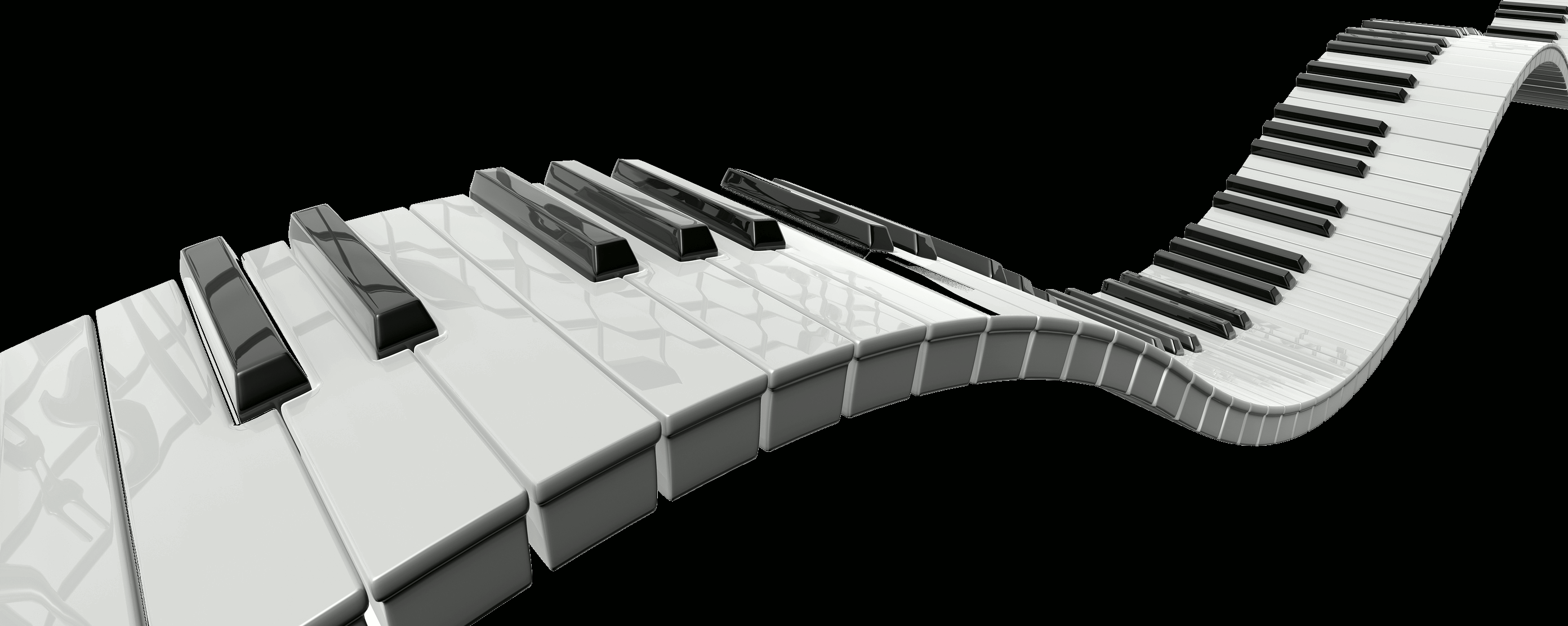Hear Here!
- Admin

- Mar 10, 2015
- 3 min read

“What?” “Come again?” “Sorry, I can’t hear you…” Sound familiar (or, LOOK familiar, as the case may be)? Everyday, we are exposed to a myriad of sounds ranging from the television to the radio, the washing machine to the lawnmower, the refrigerator to the air conditioner, construction equipment to chainsaws, planes, trains and automobiles… All of these sounds constitute part of what is called Noise Pollution. Noise Pollution is considered to be any sound that is too loud or loud sounds that we are exposed to for long periods of time. According to The World Health Organization (WHO), it is estimated that 120 million people worldwide have disabling hearing difficulties and more than 30 million Americans are exposed to hazardous sound levels on a regular basis.
Now, consider this: You are at the gig, standing in front of (or next to) the horn section and/or the rhythm section. You’ve got drums pounding behind you with cymbals crashing or ringing every few seconds. In front of you, there are the yelling/screaming fans (if you’re lucky enough to have yelling/screaming fans) and the speakers or monitors (if you’re lucky enough to have monitors) blaring back at you. Add to this mix your own voice mellifluously drifting out over the masses and your chances of Noise Induced Hearing Loss (NIHL) increase dramatically.
Let’s examine this a little more closely. Sound is measured in logarithmic values, more commonly referred to as the decibel scale. Humans can comfortably hear sounds that range around 75 decibels without any fear of hearing loss. Conversational volume is approximately 60 decibels while the humming of a refrigerator tends to range around 40 decibels. Taking this as a guide, it’s pretty safe to say that sounds not much louder than your speaking voice are all within safe hearing parameters and will not result in, nor contribute to, hearing loss.
Regular exposure of more than 1 minute to sounds above 110 decibels is a major contributor to NIHL. That rock (R&B, Hip-Hop, Blues…) concert you’re going to, or performing at, is about 110 decibels in the front row. Your iPod (Walkman, Discman, or mp3 player) at its highest volume setting is 100 decibels. Listening to your tunes at this level for more than 2 hours a day can damage your hearing.
Just what is the solution, then, to keeping your ears safe?
First – Know your decibels! Learn which sounds are the biggest contributors to NIHL. There is a great reference chart posted at Abelard.org
Second – Protect your ears with earplugs. Musician’s Earplugs and/or In-Ear monitors can help to greatly reduce those higher decibel levels. Go to Ultimate Ears for further information.
Third – See your otolaryngologist (ear, nose, throat specialist) at regular intervals or more frequently if you begin to have difficulty hearing someone speaking from just a few feet away.
Your ears are one of your biggest assets, and a necessity, when working in the field of music. Take time to learn how to protect these valuable instruments and enjoy a long and happy career.
“Hear’s” To Your Health! (Sorry, the pun was there, I had to take it !)
CM Jones
Craig M. Jones is a professional singer, musician, songwriter and vocal educator with over 20 years experience in the entertainment industry. He has performed locally and internationally, as both a singer and percussionist, with such notables as Orange Then Blue, Stan Getz and Walter Beasley. A member of The American Academy of Anti-Aging Medicine (A4M), he strives to blend his knowledge of health and wellness into a cohesive vocal technique to both develop and support all musical styles and genres.
*The A4M is a not-for-profit medical society dedicated to the advancement of technology to detect, prevent, and treat aging related disease and to promote research into methods to retard and optimize the human aging process. A4M is also dedicated to educating physicians, scientists, and members of the public on anti-aging issues.





































Comments